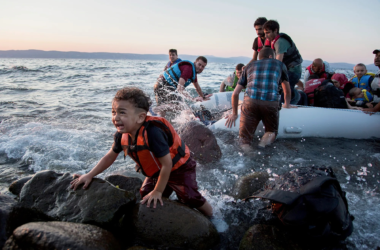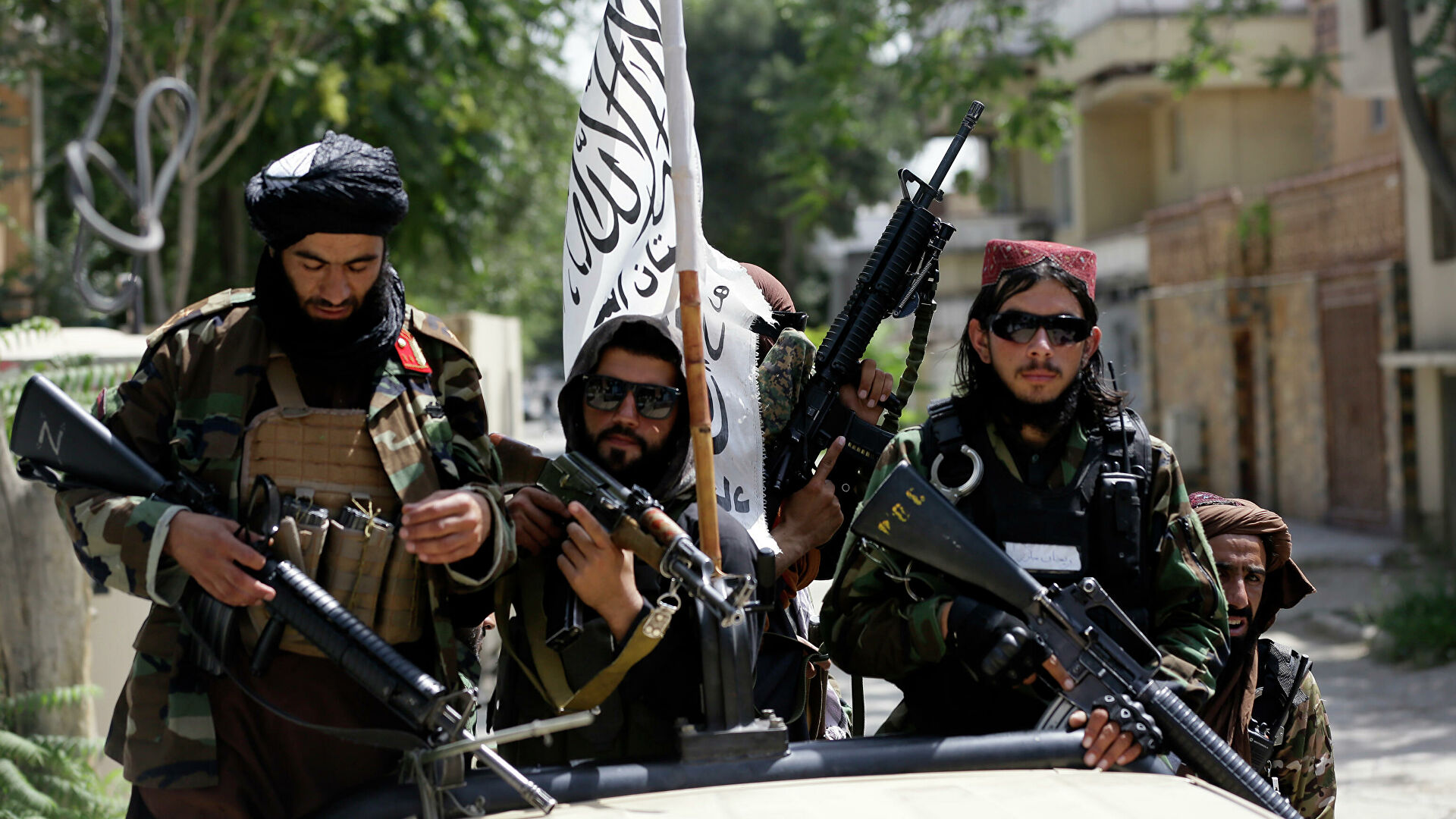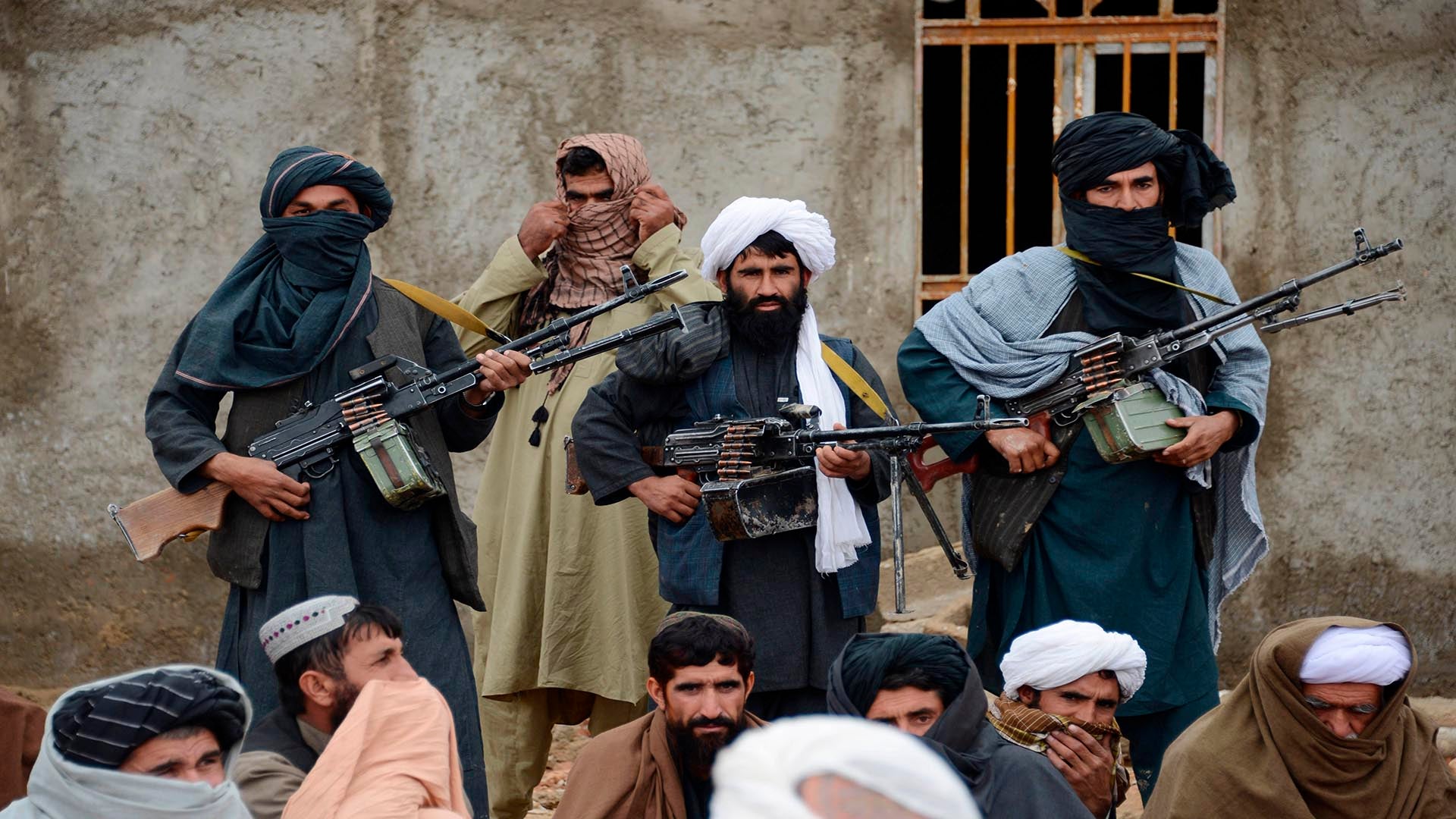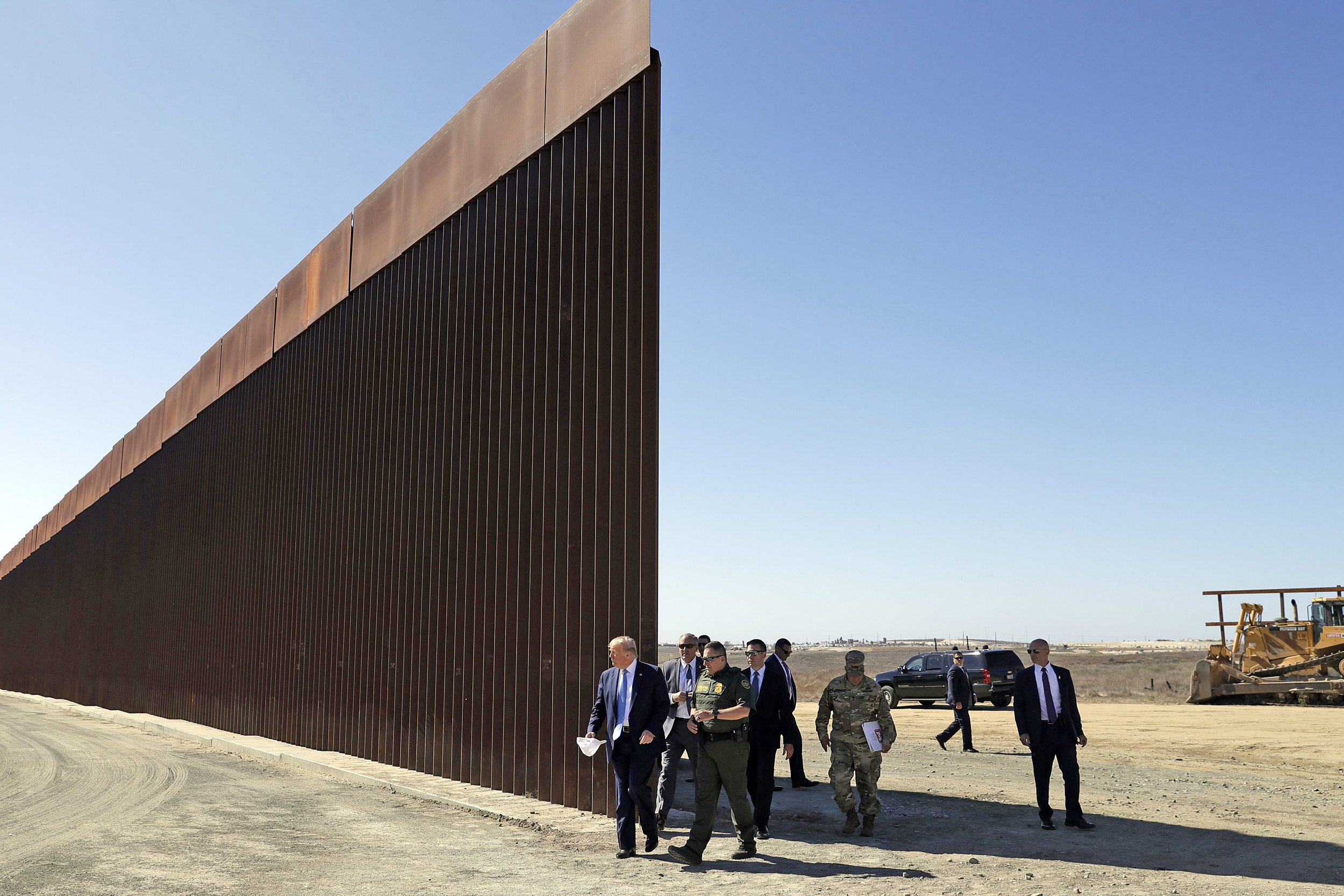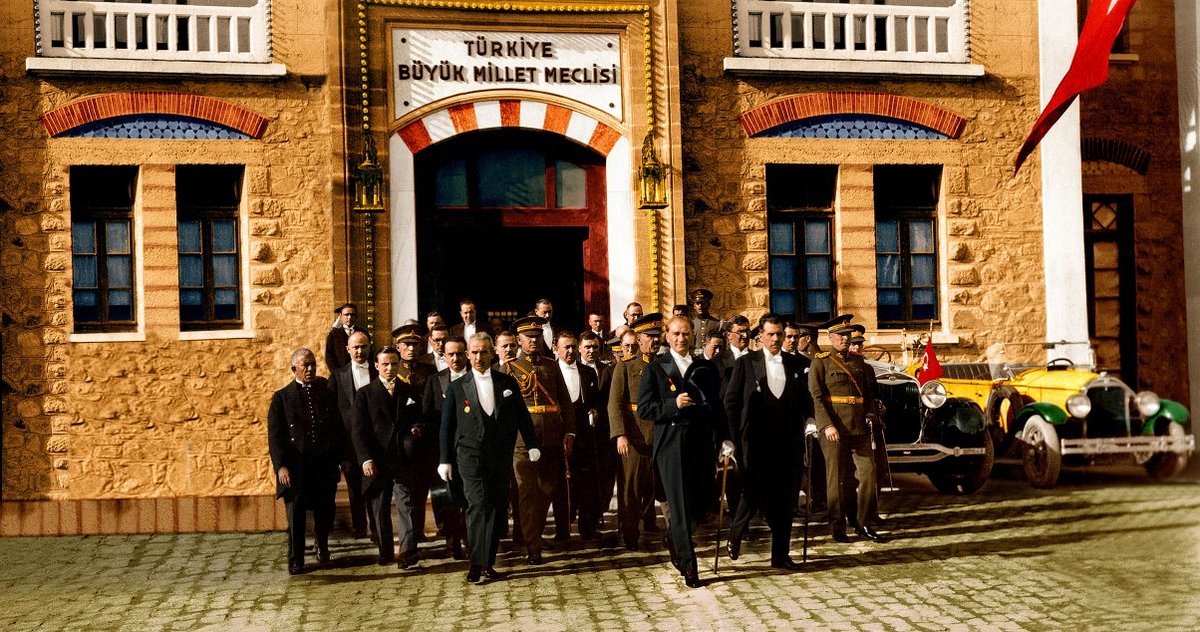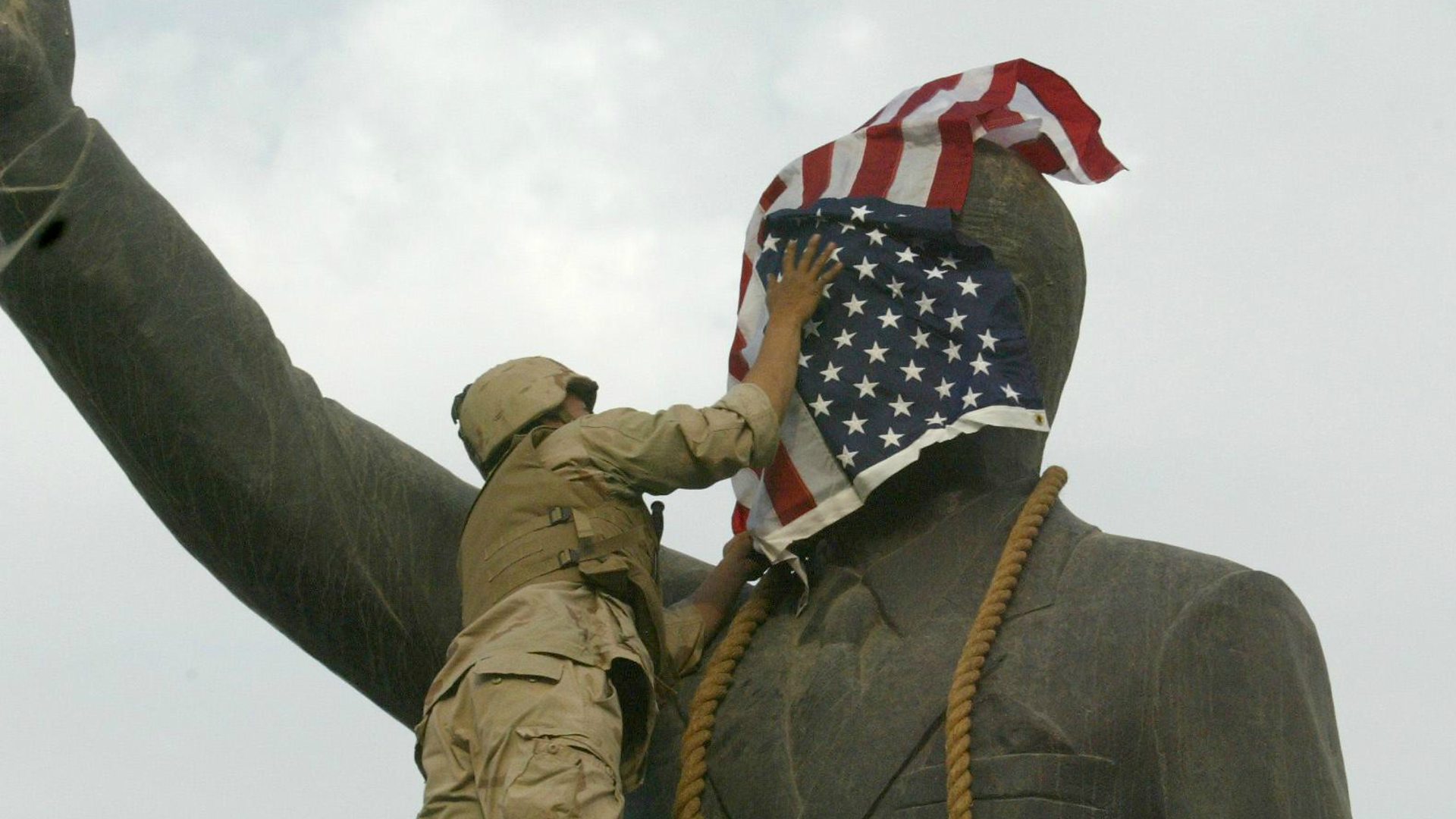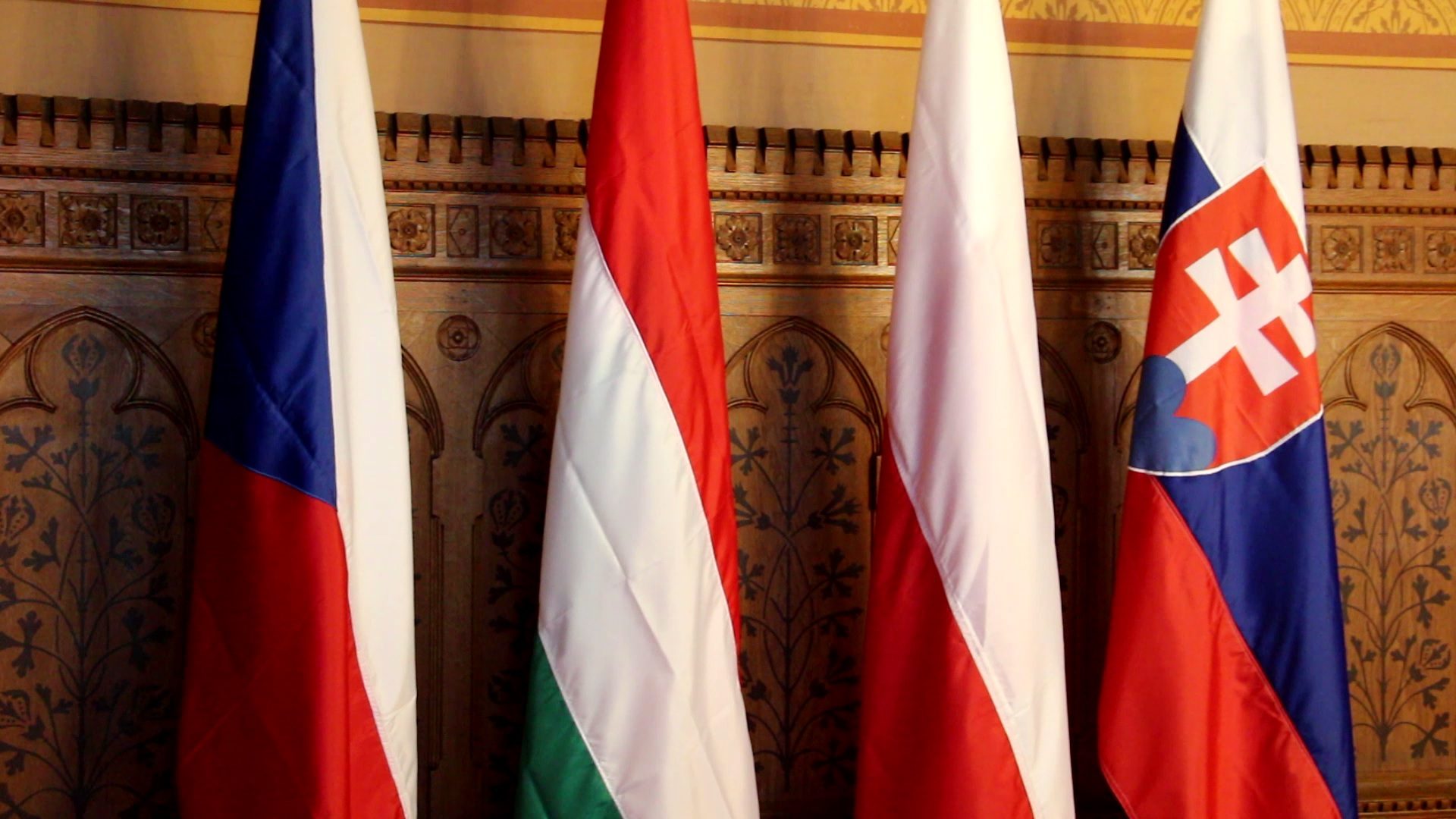ABSTRACT
The fact that Afghanistan is in intercontinental strategic geography has attracted the attention of many states to this region from time to time. After being completely occupied by the Russians in 1979, the region naturally attracted the attention of the USA. As a result of the attack on the Twin Towers and Pentagon in the USA on September 11, 2001, Osama Bin Laden and his organization Al Qaeda in Afghanistan were invaded by the USA with the allegation that this attack was carried out, and the USA started the war against terrorism. Although the Afghanistan construction process lasted for years and the hope of stabilization did not reach a solution, this process was examined in this study.
Key Words: Taliban, 9/11, Twin Towers, Afghanistan, Terror, State Building, USA, Russia
INTRODUCTION
Although independent and some powerful states were established in Afghanistan, the history of Afghanistan is the history of the occupation of the dominant powers of the period since the time of Alexander the Great and then having to withdraw, leaving an unstable region behind and fail to achieve their goals there. (Sönmez,2021). In 1979, both the search for a new ally in the region after the loss of its ally Iran with the Islamic Revolution and the danger of landing in the Persian Gulf and then into the Indian Ocean with the invasion of Afghanistan by the Soviet Union attracted the attention of the USA to this region. It started to provide military and financial aid to Afghan resistance groups with the help of Saudi Arabia with the “Mujahideen movement against communism”. Radicalized religious teachings at that time were imposed on the resistance groups formed against the Soviet Union. “Al-Qaeda, which is the number one target of the USA today, is one of the organizations supported during the occupation of the Soviet Union” (Marrs, 2007).
TRANSFORMATION COMING WITH 11 SEPTEMBER
The concept of security, which gained a different dimension in meaning with the Napoleonic wars, is defined as “common interest provided by military and diplomatic means”. However, in the post-Cold War period, it has begun to cover not only political and military problems, but also problems such as drug trade, economic espionage, international terrorism, resource scarcity, infectious diseases, global climate change, international migration, and even viruses and hacking. In the US foreign policy, which started to change with the George W. Bush-era, ‘Rogue States’ such as Iran, Iraq, and North Korea were targeted. “The September 11 incident, which came to the fore in this environment, actually created a perfect ideological infrastructure for the use of the US foreign policy tools that have already changed.” (Arı,2006).
A terrible terrorist attack took place on the US’s World Trade Center on September 11, 2001. As a result of this attack, approximately 3000 innocent people lost their lives. Countries such as the UN Security Council, the Organization of the Islamic Conference, Russia, China, and Tajikistan also condemned the attack. “After the terrorist act, all the attention turned to Afghanistan, where the Taliban, considered a branch of Al Qaeda, ruled, and after this attack, the Western world, under the leadership of the USA, made Afghanistan with promises such as ending terrorism, freedom, democratization, economic development, and human rights. ‘’(Obayd, 2017). After the military preparation process that ended on October 7, 2001, Kabul was entered on November 13, and thus, the decline of the Taliban accelerated. As a result of the operations carried out with the coalition forces, the Taliban regime was overthrown, and the country began to be rebuilt. Under the leadership of the UN, a conference on the “government to be established after the Taliban” was held in Bonn, Germany, which lasted 14 days. After 14 days, the Bonn Agreement was signed on 5 December 2001. As a result of this treaty, it was decided that a state-centered path would be followed in Afghanistan and that “it should be governed by a nationally accommodating government, there should be a lasting peace, stability and a state that respects human rights”. “The Bonn Agreement laid the groundwork for the formation of new political and civil institutions, especially the Constitutional Commission, which was established to prepare a new constitution with the participation of the people” (UN, 2017).
Afghanistan’s new political system is a popularly elected presidential system with a president who is both head of state and government, two vice presidents, a bicameral and an independent judiciary. After the events of September 11, the USA was the most decisive country in both the intervention and restructuring phases. In 2002, the US National Security Strategy was published. The White House, signed by President Bush in the 2002 National Security Strategy document of the USA, describes a “global war” against terrorism of uncertain duration and location. As a result, primary importance is not given to alliance relations in order to balance the terrorist threat, and “unilateralism” is envisaged in relations with allies.”(Kandemir, 2011). Among the priorities of the USA for Afghanistan are the integration of Afghanistan into world politics, its territorial integrity and the establishment of a democratic government. As a result of the UNSC resolution taken in October 2003 during the Bush administration, the importance of “expanding the authority of the central government to all parts of Afghanistan” was emphasized. The International Security Assistance Force (ISAF) was established to prevent Afghanistan from being dragged into a power struggle again. And again in this period, ISAF was given the authority to expand its operations and a safe environment was tried to be created for the construction process. “According to the Bonn Agreement, the command of ISAF, which consists of 18 countries under the leadership of the United Kingdom, has been transferred to NATO. In January 2006, ISAF began displacing American troops in southern Afghanistan as part of Operations Liberation. Thus, the costs undertaken by the USA to be effective began to decrease” (Doğan and Acet, 2017).
The fact that the Constitution of Afghanistan gives extra authority to the president is an effort by the USA to be effective by using the candidate it wants. For this reason, the influence of the USA on the country has been in the form of interference in the elections during the Obama era. “For example, in the elections held in August 2009, Hamid Karzai was re-elected as President by receiving approximately 58 percent of the votes (Dodge, 2013: 1205) (DEİK, 20012: 3).” In the reports prepared by the Election Complaints Commission (ECC) commissioned by the UN, it was determined that approximately one million votes flowed to Karzai for the re-election of Hamid Karzai, which was supported by the USA. (Ra’ees, 2010: 86; Kurt, 2014: 186-191) (Katzman, 2015: 19-24). At the Lisbon Summit, where NATO countries came together in 2010, it was decided that the leadership in the fight against the Taliban in Afghanistan would be handed over to the Afghan forces by the end of 2014. Alignment with the UN before and after the operation the post 9/11 policy of the USA can be evaluated as authoritarian multilateralism or new unilateralism.
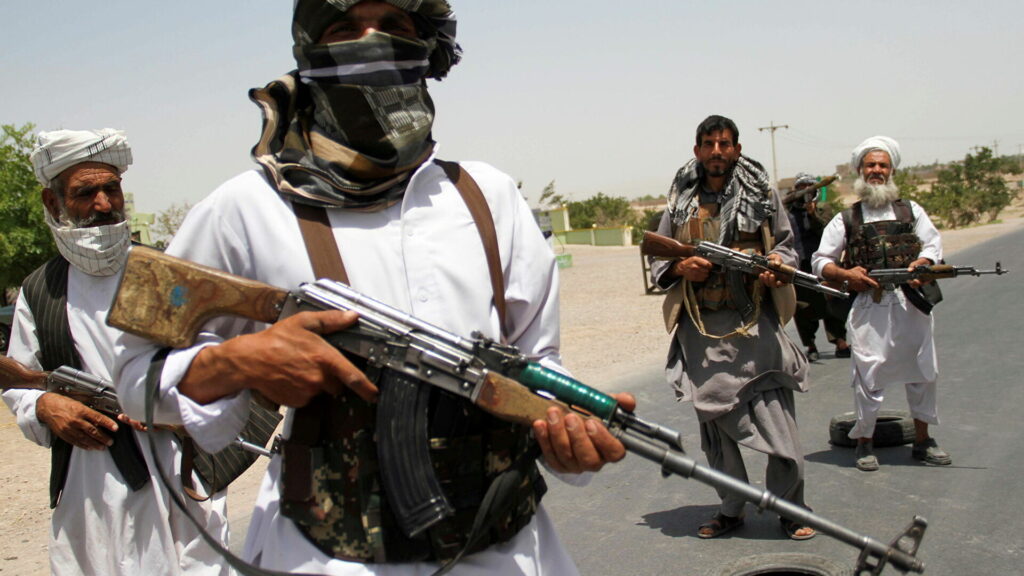
THE TALIBAN REGIME
Initially founded against Soviet forces, the Taliban movement was ousted from power in 2001 after 9/11. The Islamic interpretation of the Taliban can be described as a mixture of Afghan customs and traditions of the Hanafi Sect. For this reason, the Taliban do not represent any other Islamic movement and reject all interpretations other than their own understanding and interpretation. Although it is claimed that the war in Afghanistan experienced a political and economic recovery after 2005, it would be wrong to say that the Taliban have completely disappeared. “Within two months, the Taliban regime collapsed and its fighters fled to Pakistan. But they didn’t just run away, they hid and grew stronger over time. They made millions of dollars a year through drug dealing, mining and extortion. A US-backed government came to power in 2004, but the Taliban’s attacks continued” (BBC, 2021). The organization’s attacks on government officials and civilians continued to increase. In 2018, the Taliban were now openly operating in 70% of the country. The ethnic turmoil in Afghanistan and the undeserved Taliban continue to control two-thirds of the country, increasing their influence in Pakistan, the division of Pakistan by ethnic elements such as Pashtun and Baloch, and the reluctance of NATO member states to send troops to Afghanistan. These are the reasons for the USA. It prevented him from achieving his goals regarding Afghanistan and caused the Taliban to become stronger.
CONCLUSION
As a result of what was done after September 11, an effective Afghan administration could not be established outside of Kabul and the de facto administration of the Taliban could not be completely broken. Although the killing of Bin Laden created a sense of satisfaction in US society, fears of Afghanistan becoming a new ‘Vietnam’ remained. Worn out by years of operations and policies, the United States signed an agreement with the Taliban in February 2020 to “bring peace to Afghanistan”. As more than 5,000 Taliban militants were released, the United States pledged to lift sanctions against the Taliban and take action to lift UN sanctions. The Taliban, whose influence increased after the agreement, continued to threaten to overthrow the Kabul government by taking control of many regions. While the withdrawal process of the US troops continues until August 31st, it is not certain that stability will not deteriorate again in Afghanistan, which has experienced the most violent months since June 2001.
Prepared by İrem Albayrak for The FEAS Journal.
BIBLIOGRAPHY
ARI Tayyar, ‘BOP, Orta Doğu ve ABD: Politika mı Yoksa Propaganda mı?’, Global Strateji, Sayı 5, İlkbahar 2006, s. 63-64.
ACET Gül Seda & DOĞAN Fazlı, 2017, 11 Eylül Olayları Sonrası ABD-Afganistan İlişkileri: İstiladan İşbirliğine, Selçuk Üniversitesi İktisadi ve İdari Bilimler Fakültesi Sosyal Ekonomik Araştırmalar Dergisi, Cilt: 17, Sayı: 33 https://dergipark.org.tr/tr/download/article-file/323601
BBC, 2021, Afganistan: 10 soruda 20 yıllık savaş, son erişim tarihi: 29.07.2021 https://www.bbc.com/turkce/haberler-dunya-57761843
BM, “BM GüvenlikKonseyi 1383 SayılıKarar (S/RES/1383), http://unscr.com/en/resolutions/1383 Last access date: 28.07.2021
DEİK 2012, “Afganistan Ülke Bülteni”, https://www.deik.org.tr/uploads/afganistan-ulkebulteni.pdf Last access date: 28.07.2021
DODGE Toby, 2013, “Intervention and Dreams of Exogenous Statebuilding: the Application of Liberal Peacebuilding in Afghanistan and Iraq”, Review of International Studies, No. 39.
KANDEMİR Eyyub, 2011, ABD Başkanları G.W. Bush ve B. Obama Dönemlerinde Yayımlanan Ulusal Güvenlik Stratejilerinde İttifak Söylemleri ve S.Walt’un İttifak Teorisi, Savunma Bilimleri Dergisi, Cilt 10, Sayı 2, 122-151.
KATZMAN Kenneth, 2015, “Afghanistan: Politics, Elections, and Government Performance”, Congressional Research Service
MARRS Jim, CIA ve Pentagon’un Gizli Dosyaları, 11 Eylül, Afganistan, Irak Đşgali ve Uyuşturucu Ticareti, Çev.: Bülent Ucpunar, (Đstanbul: Kesit Yayınları, 2007), s. 260-264
OBAYD Naqibullah, 2017, 11 Eylül Sonrası Afganistan’daki Ekonomik Kalkınma Dönüşümü, Gazi Üniversitesi Sosyal Bilimler Dergisi, Sayı: 9
RA’EES Wahabuddin, 2010, “Obama’s Afghanistan Strategy: A Policy of Balancing the Reality with the Practice”, Journal of Politics and Law, Cilt 3, No. 2.
SÖNMEZ Göktuğ, 2021, Afganistan’dan ABD ve NATO Çekilmesi ve Olası Sonuçları, ORSAM, https://www.orsam.org.tr/tr/afganistandan-abd-ve-nato-cekilmesi-ve-olasi-sonuclari/


